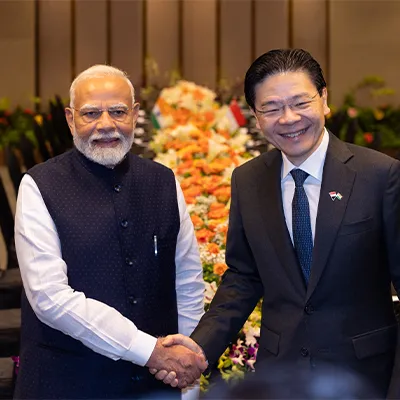Singapore’s digital economy last year contributed 17.3 per cent to its gross domestic product (GDP), up from 13 per cent in 2017, a report by the Infocomm Media Development Authority (IMDA) showed on Friday (6 Oct 2023).
This represents a near-doubling of its value added or economic contribution to S$106 billion, up from S$58 billion over the five-year period, based on IMDA’s inaugural Singapore Digital Economy report developed in partnership with the Lee Kuan Yew School of Public Policy.
IMDA defines this economic contribution as the sum of income generated from the domestic production of goods and services, which promises gross operating surplus, remuneration and taxes after subsidies on production.
The report noted a lack of international consensus on what constitutes the digital economy. Some studies have focused on estimating the size of digital sectors, while others consider the value of digitalisation across the broader economy.
“Therefore, estimates on the size of the digital economy are not easily comparable across jurisdictions. Caution needs to be exercised with the international comparison of estimates of the digital economy,” said IMDA.
“Instead, our main purpose in estimating the size of the digital economy in Singapore is to get a sense of its economic contribution and pace of change,” it added.








